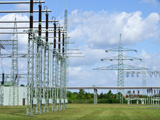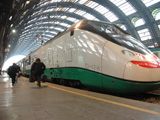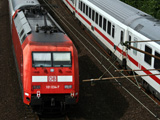
The bulk transfer of power is mostly a passive affair, where the power flows to the load by the lowest impedance path. To influence this flow, the phase angle of the sending or receiving end must be modified – this may be done by the use of Phase Shifting Transformers. The phase shifting transformer introduces a circulating current into the system which acts to either reduce (when operating in buck mode) or increase (when operating in boost mode) the load current in the line where the phase shifting transformer is located.
The actual phase shift is achieved by the interconnection of two phases of the star-connected regulating windings across one phase of the delta connected “booster” winding. By on-load tap changing, the magnitude and polarity of the phase shift can be modified, which in turn determines the circulating current in the system. For lower power ratings the two active parts may be placed in a single tank.
However, in higher power phase shifting transformers, the two active parts (the exciter and booster transformers) are mounted in separate tanks and the two active parts are connected together. This connection between the exciter and booster transformers is done at full system voltage and must normally be done inside oil-filled trunking, to guard against the risk of a damaging internal short circuit occurring.
SGB-SMIT Group has excellent experience of large phase shifting transformers, including the capability to analyse the complex transient voltages that may occur during external switching or lightning events.




Power distribution, industry, railways
Special transformers like Phase Shifters, Shunt Reactors, Quad Boosters, Furnace- and Railway Transformers find their way to our customers for specific applications. Special attention is required to the specifications and the interaction with our customers. That make the SGB-SMIT Group special.